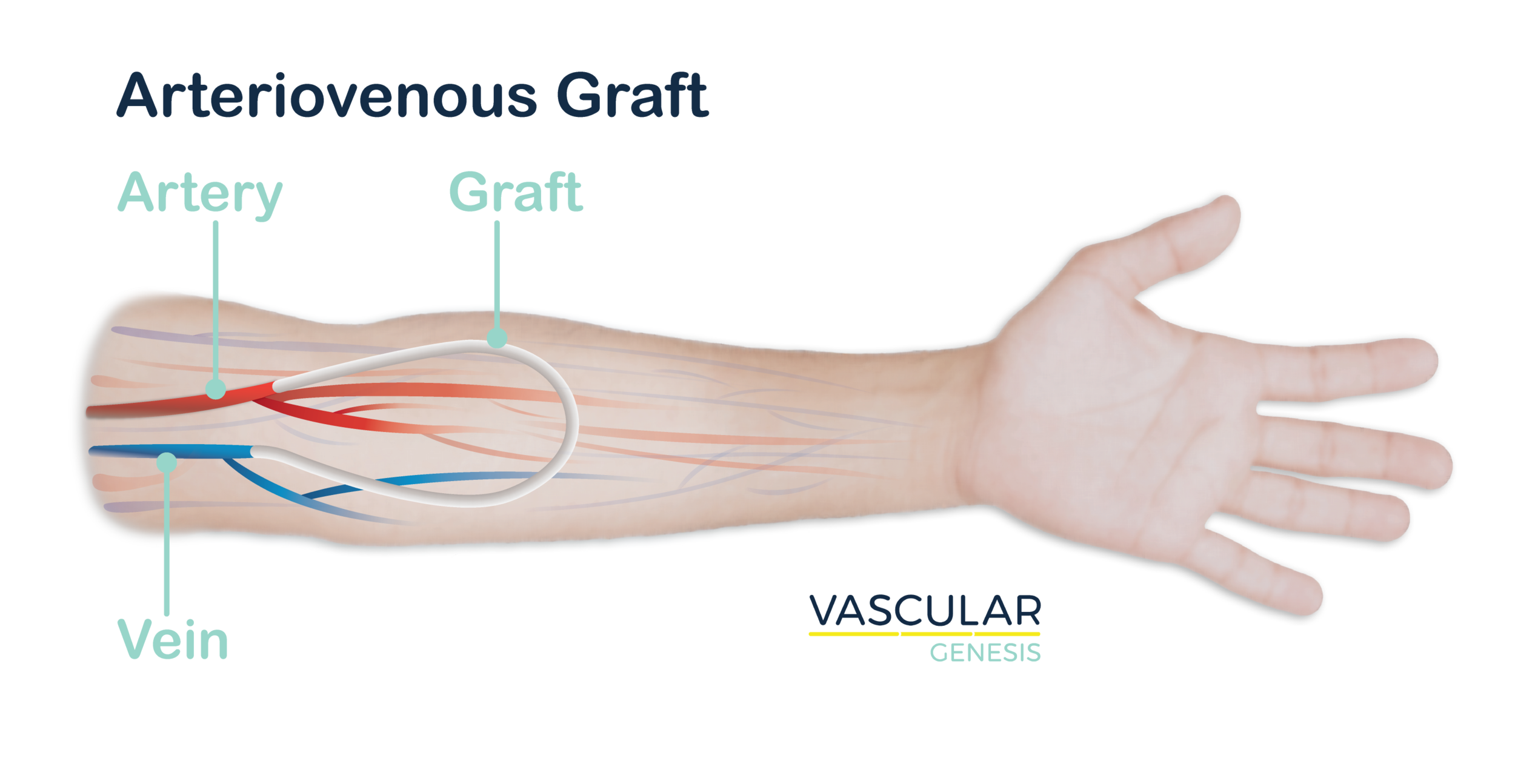Hemodialysis Access
With hemodialysis, there are two kinds of catheters that allow for access. The first type of catheter is temporary vascular access devices/short-term catheters. This type of catheter is used on a temporary basis to gain access to the bloodstream for hemodialysis. They may be inserted in the subclavian vein, jugular, and femoral. This type of temporary catheter is used for a variety of reasons such as: when immediate access to the bloodstream is needed, waiting for a graft of AVfistula to mature, after removing permanent access, and before initiation of peritoneal dialysis.
The second type of catheter used for hemodialysis is permanent vascular access devices/long-term catheters. Permanent catheters are used when patients no longer have vascular access anywhere else. They are an exterior catheter with an internal cuff applied to keep it in place. Surgeons will insert these catheters and will be immediately used after the surgery is complete. With these types of catheters, the cuff is positioned under the skin so that tissue is able to grow around the cuff, therefore securing the catheter into place. The long-term catheter enables the patient to be dialyzed repeatedly without having to undergo multiple catheter insertions.
Arteriovenous (AV) fistulas are formed by connecting an artery to a vein. This is another way of access for hemodialysis and the one that is said to be the most long-term An artery is a blood vessel that carries blood away from the heart and a vein is a blood vessel that carries blood to the heart. The procedure is done by a surgeon and allows arterial blood to flow into the vein causing the vein to increase inside. This is important and allows for adequate flow during hemodialysis. It takes around four months for the fistula to mature enough for it to be used for dialysis. Exercise is required for the fistula to develop correctly. Because fistulas are so fragile when first used, special care must be taken. The patient is not to bend their fistula arm with needles in place while dialysis takes place. The goal of the fistula is to allow high blood flow so the largest amount of blood can pass through the dialyzer.
Diseases. https://www.niddk.nih.gov/health-information/kidney-disease/
kidney-failure/hemodialysis



Comments
Post a Comment